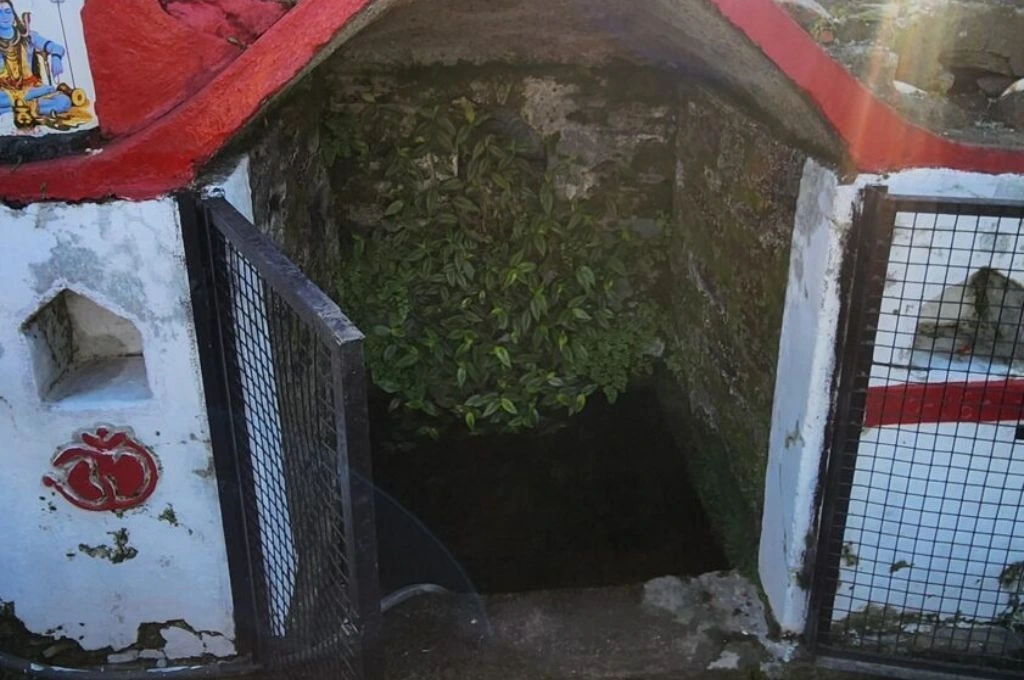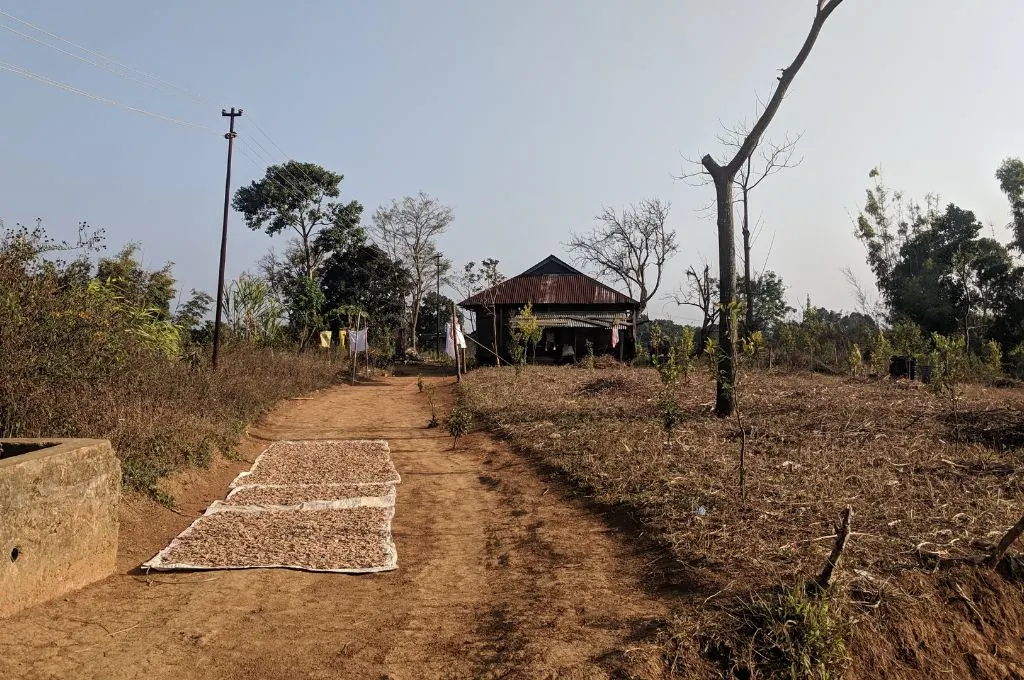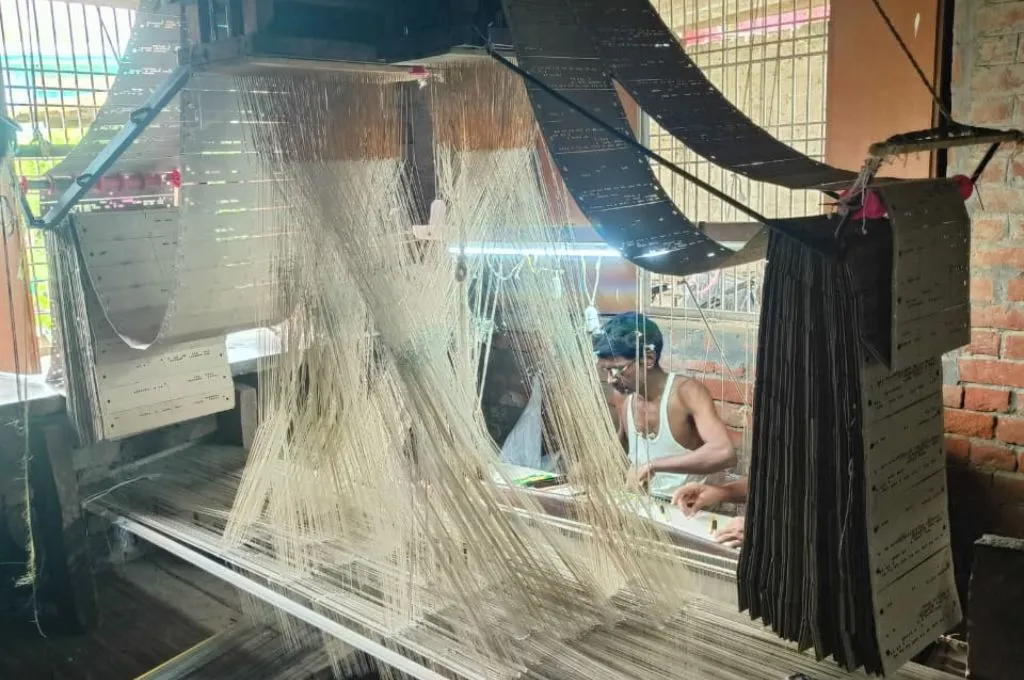The ancient water harvesting system of Kumaon

Uttarakhand’s Kumaon region is home to an ancient water harvesting system called naula (groundwater spring), which has sustained the local communities for centuries. Naulas are small, stone-lined reservoirs that are used to store water collected from natural springs. The underground construction of the naulas helps in preserving water by minimising evaporation and preventing contamination. Though their primary purpose is to store groundwater, naulas are also a reliable source of drinking water; this is especially important considering the erratic geographical conditions and climatic challenges of the Himalayas.
Naulas are deeply tied to the culture of the Kumaon region. The word ‘kumaon’ traces its origins to Kurvanchal, meaning the land of Kurmavatar—the tortoise incarnation of Lord Vishnu. This influence is evident in the intricate carvings and sculptures found in many naulas, where Lord Vishnu is often depicted. These groundwater springs are revered as sacred spaces and their maintenance is a community responsibility, upheld with the same devotion as temple upkeep. Many naulas are built near temples or sacred groves, reinforcing the cultural belief that water is divine and must be protected.
Due to the region’s geological composition, the water from some naulas contains a high concentration of calcium. Long-term consumption of excess calcium can lead to kidney stones, a concern that Himalayan communities have addressed with traditional wisdom. Storing naula water in copper matkas (earthen pots) for at least six hours allows the calcium to settle, which makes it safer for consumption.

Naulas are said to be guarded by a mystical red snake. If a naula falls into neglect, the snake appears, signalling to the community that it requires cleaning and maintenance. This belief has long ensured that the springs remain well preserved. Naulas have also been central to community traditions and customs. A newly-wed couple is required to visit the spring. The groom offers his wedding safa (headgear) to the naula as a symbol of seeking its protection, while the bride draws water from it as an act of serving the family.
However, urbanisation, deforestation, and climate change have severely impacted these traditions and the significance of the naulas. As underground water levels continue to decline, many naulas have dried up completely, while others are left neglected due to the shift towards piped water supply systems. In many villages, naulas are no longer seen as essential resources; they are instead used as resting spots in the summer due to their naturally cool surroundings.
However, in areas where piped water systems are unreliable, naulas continue to be the primary source of water. Despite this, the traditional knowledge and skills required to build and maintain these structures is fading, leading to further deterioration.
If not revived and protected, these historical water sources, along with the wisdom of sustainable water management that has supported mountain communities for generations, may be lost entirely.
Chinmayee Choudhary works with Aarohi, a grassroots nonprofit in the Kumaon region of Uttarakhand, as part of the India Fellow youth leadership programme.

This is an edited version of an article originally published on India Fellow.
—
Know more: Learn more about how women manage water in Himachal Pradesh’s Spiti Valley.




